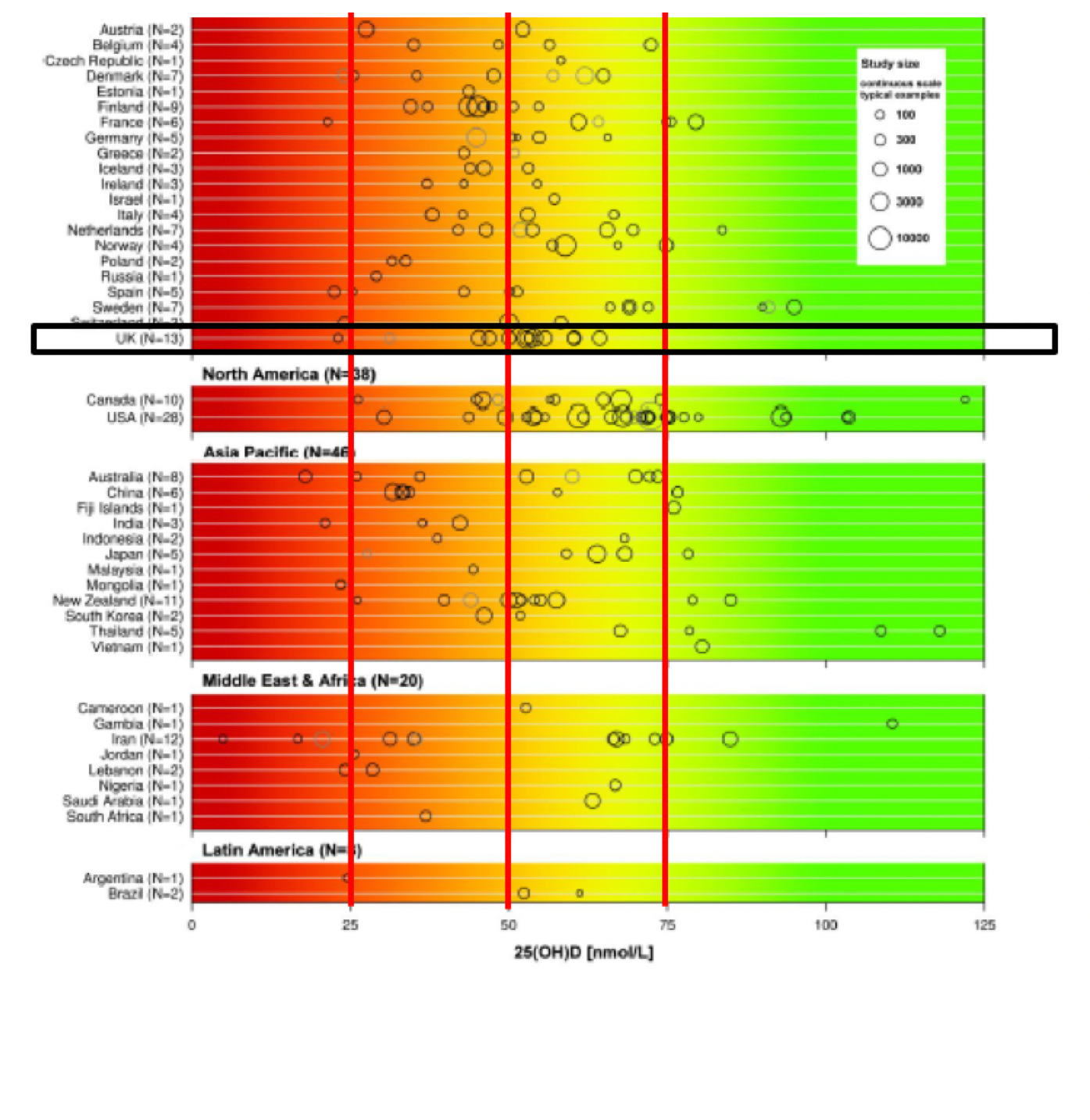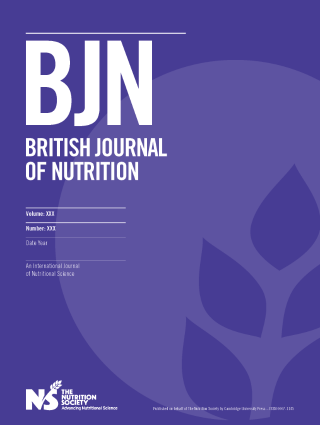VITAMIN SEA
A lack of vitamin C in the diet can be serious.
Chronic deficiency causes scurvy – a terrible disease that famously afflicted sailors on long voyages during the age of discovery.
Thankfully, it's rare today.
But the question of vitamin C intake remains as important now as it was on the high seas hundreds of years ago.
CONSISTENTLY
INCONSISTENT
INCONSISTENT
In addition to preventing scurvy, vitamin C has a number of functions in the body.
For example, it acts as a major scavenger of free radicals, helping to protect cells from oxidative damage. 1
The recommended intake for vitamin C varies greatly all over the world – with a near-threefold difference between the lowest and the highest.
This is surprising, since the scientific data underlying these recommendations are broadly the same.
Examples of global RDAs for vitamin C 2
European Union
(EFSA 2013) 3 (Panel on Dietetic Products Nutrition and Allergy)

Indonesia
(MOH, 1994) (Tee 2009) 4

United Kingdom
(Dietary reference values for food energy and nutrients for the United Kingdom 1991; Department of Health Panel on Dietary Reference Values 1991) 5

India
(Indian Council of Medical Research, 2010) 6

THE DEFICIENCY FACTOR
Health authorities around the world express micronutrient recommendations using terms such as Recommended Dietary Allowance (RDA) and Nutrient Reference Value (NRV).
RDAs/NRVs describe the daily intake of essential nutrients recommended for healthy individuals.
Many countries continue to base their RDAs/NRVs for vitamin C on preventing deficiency – a level of around 40 to 45mg per day.
Others, however, have recently updated theirs to a level intended to maintain an adequate vitamin C status.
A LITTLE EXTRA
In some countries the RDA/NRV is greater for men than women, who tend to have a higher vitamin C status.
In addition, there are higher RDAs/NRVs for certain population groups.

Many countries now recommend an additional 10 to 20mg per day for pregnant women.
If they’re lactating, those recommendations increase to an additional 20 to 60mg per day.
Increased RDAs
Japan
(HSB, 2018) 7 (Ministry of Health Labour and Welfare 2018; Sasaki 2008) 8

Singapore
(MOH, 2015) (Health Promotion Board, 2019)

India
(Indian Council of Medical Research, 2010) 9

International
(FAO/WHO, 2001) (World Health Organization and Food and Agriculture Organization of the United Nations 2004) 10

PUFFED UP
Some countries set higher RDAs/NRVs for smokers.
Smoking has been shown to increase oxidative stress and cause the body to
use vitamin C at a faster rate. 11
In Austria, Germany and Switzerland smokers are encouraged to consume 155mg of vitamin C a day if they are male and 135mg if they are female.

RISING C LEVELS
Scientists believe others might also benefit from a greater RDA/NRV for vitamin C.
Several epidemiological studies have found that people with a higher body weight are more likely to have
lower vitamin C status. 12

With obesity now at epidemic proportions globally, many experts agree that recommendations should be set that take account of a person’s weight.
In addition, studies indicate that elderly people may have a lower vitamin C status.

OPTIMUM EFFECT
In a few countries, health authorities have suggested setting recommendations for vitamin C at levels that could optimize people’s health.
Australia and New Zealand have developed a Suggested Dietary Target (SDT) of 220mg a day for men and 190mg for women to reduce the risk of chronic disease.
This compares with RDAs/NRVs in both countries of 45mg.
China has adopted a Proposed Intake of 200mg a day – double the country’s regular RDA – to reduce the risk of non-communicable disease.
RDA RETHINK
Some experts are concerned about the global differences between RDAs/NRVs for vitamin C.
In a recently published review of discrepancies in global vitamin C recommendations,
the authors said: 13
“Overall, there are large variations in global RDAs for vitamin C, despite comparable data from the literature being utilized for their determinations … As such, it would be prudent for these authorities to reassess their dietary recommendations in accordance with correct assumptions in order for their RDAs to align appropriately with their stated health goals.”
TIME FOR ACTION
Vitamin C has several important functions.
It helps to protect cells, maintain healthy skin, bones and cartilage, support the immune and nervous systems, and much, much more.
To optimize vitamin C status, greater consideration needs to be given to the setting of appropriate daily intake recommendations.
Could aligning the criteria for establishing these recommendations help?
With so much at stake,
it’s surely worth a try.
it’s surely worth a try.





